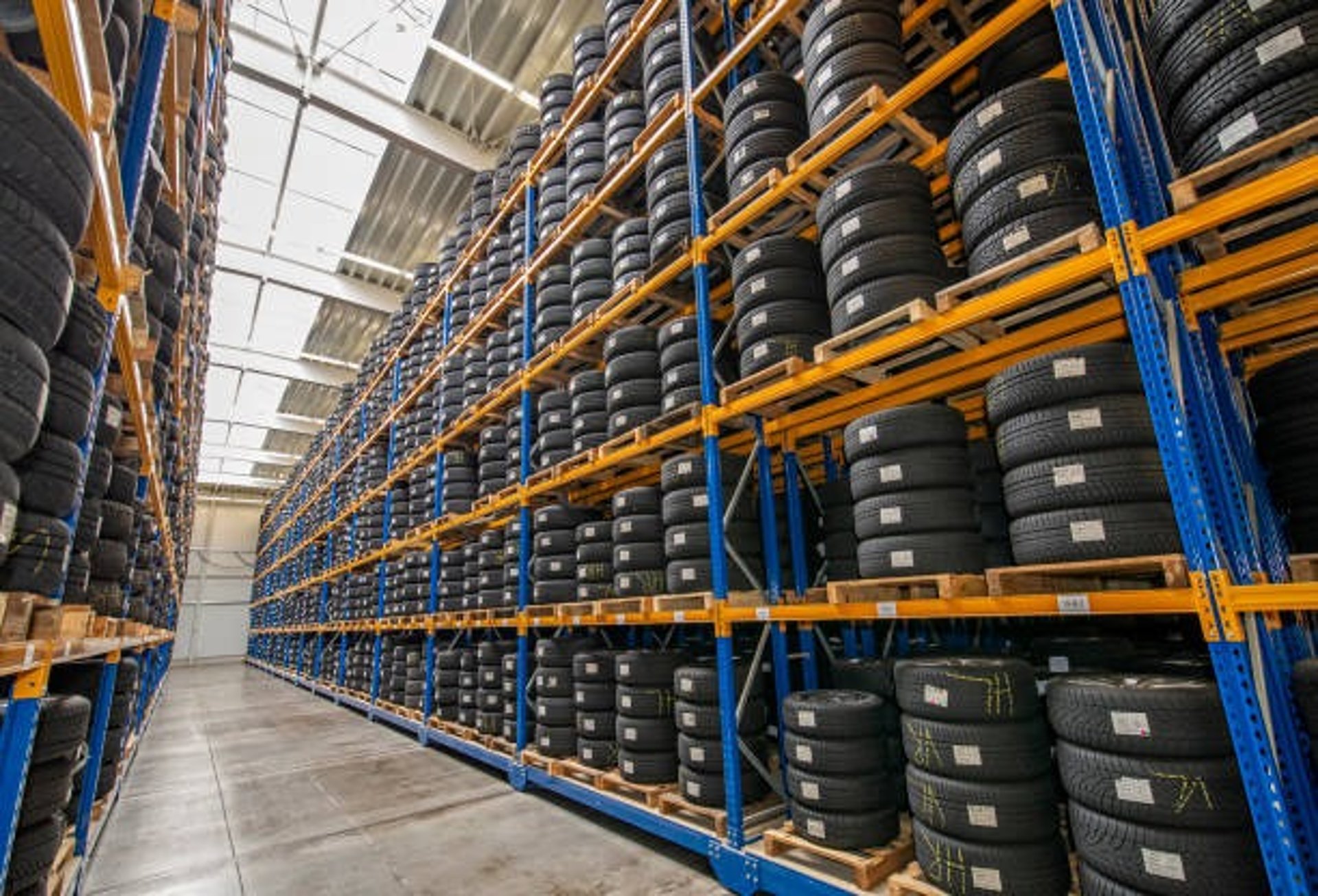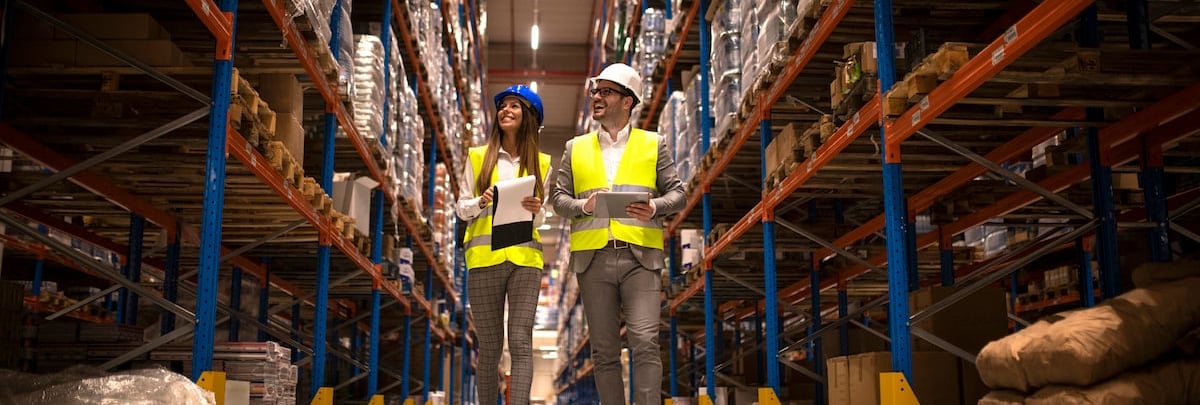The Transformative Role of Modern Warehousing in Auto Parts Distribution
1/31/20252 min read



Introduction to Modern Warehousing in the Automotive Industry
In today's rapidly evolving automotive industry, the efficiency of logistics and distribution networks is paramount. As global demand for vehicle components continues to surge, the role of modern warehousing in auto parts distribution has become instrumental. Advanced warehousing solutions are essential not only for timely delivery but also for effective inventory management. This article will explore the various ways in which modern warehousing influences auto parts distribution.
Streamlined Supply Chain Efficiency
Modern warehousing techniques significantly enhance supply chain efficiency by optimizing various operational processes. These facilities utilize sophisticated warehouse management systems that streamline storage, retrieval, and order processing. By leveraging automation and advanced software, businesses can effectively coordinate the movement of goods, reduce handling times, and minimize storage costs. Consequently, an efficient warehouse contributes to decreased lead times and a more responsive supply chain.
Enhanced Inventory Management
Another vital aspect of modern warehousing in auto parts distribution is enhanced inventory management. Keeping accurate track of stock levels is crucial for meeting customer demands and preventing supply shortages. Advanced warehousing solutions incorporate real-time data analytics, enabling companies to monitor inventory levels continuously. This approach facilitates better forecasting of stock requirements, ensuring that the right parts are available at the right time. As a result, businesses can improve their service levels and reduce excess inventory costs.
Improved Delivery Capabilities
The delivery capabilities of an automobile parts distributor are heavily influenced by the configuration of their warehousing facilities. Modern warehouses are designed to be flexible and scalable, allowing organizations to adapt quickly to fluctuations in demand. With strategic locations and optimized layouts, these warehouses can expedite order fulfilment processes and decrease transit times. Furthermore, the integration of technology, such as automated guided vehicles (AGVs) and robotics, enhances the pick and pack operations, ultimately enabling faster shipment of auto parts to customers.
Conclusion
In conclusion, the role of modern warehousing in auto parts distribution cannot be overstated. It not only streamlines supply chain efficiency but also enhances inventory management and delivery capabilities. As the automotive industry continues to grow and evolve, embracing innovative warehousing solutions will be vital for businesses aiming to stay competitive. By investing in modern warehousing technologies, companies can ensure a responsive and efficient distribution network capable of meeting the increasing demands of the market.
About the company
Auto Tarun Pvt Ltd ( ESSARR 4X4 ), founded in October 2021, is your trusted partner for high-quality multi-car spare parts and accessories.
Contact us
autotarun.india@gmail.com
+91 9740606290 / +91 9902004345
© 2024 Auto tarun Pvt Ltd All rights reserved.
Mon -Sat : 9:30 am to 6:30 pm
NO.39 (MIG, 80 Feet Rd, Kengeri Satellite Town, Bengaluru, Karnataka


GSTIN : 29AAVCA9568M1ZD
Email:
Get in Touch
Call:
